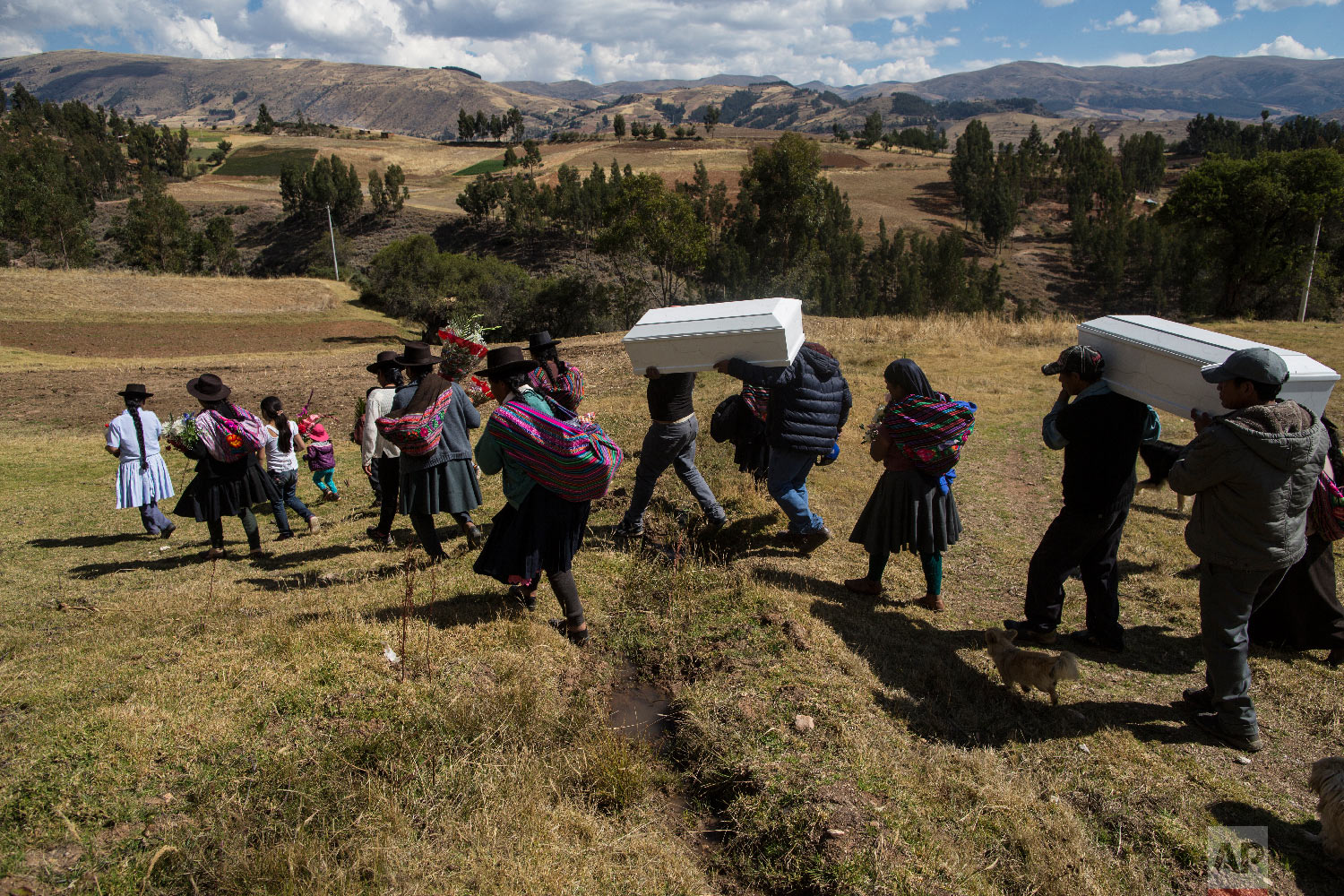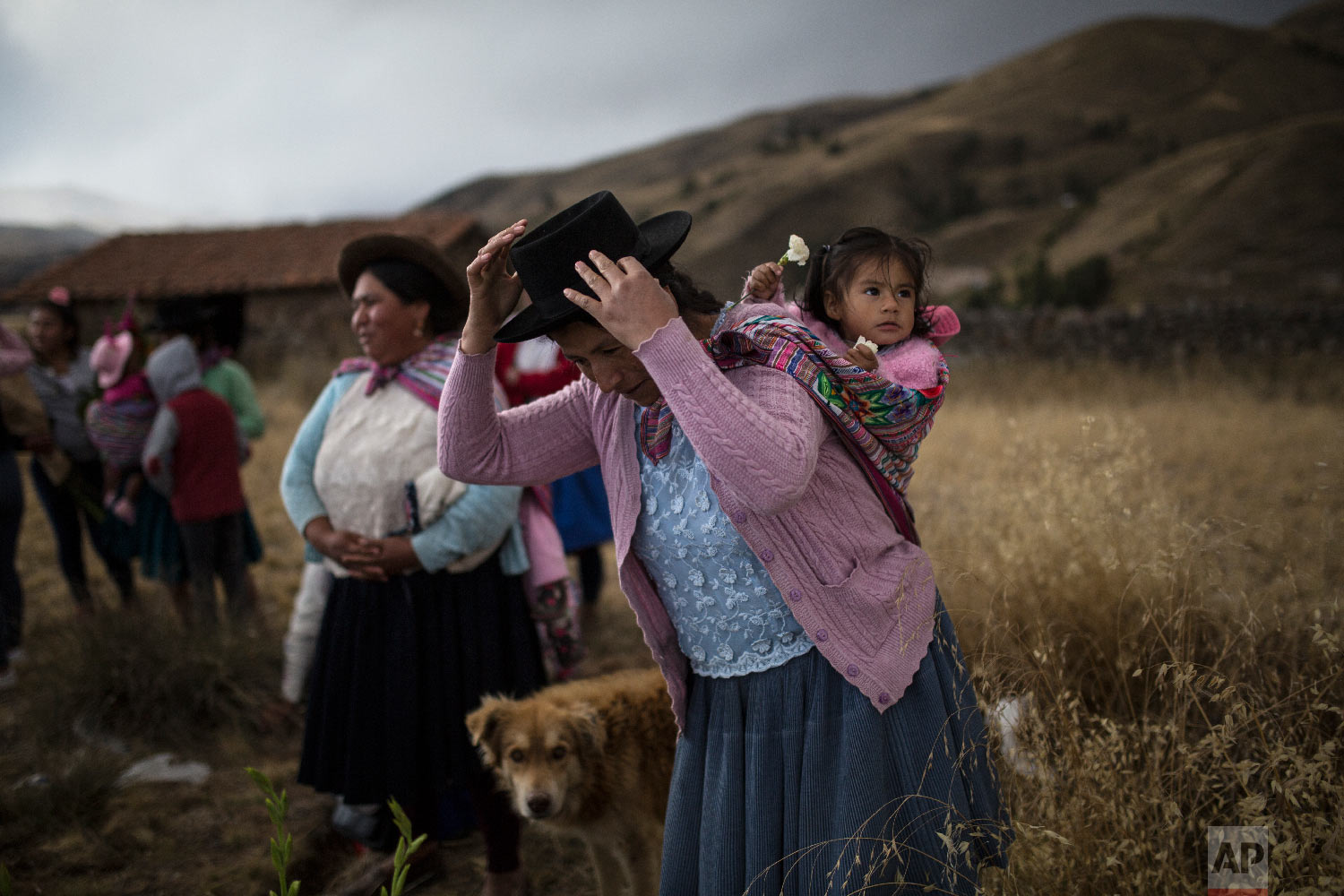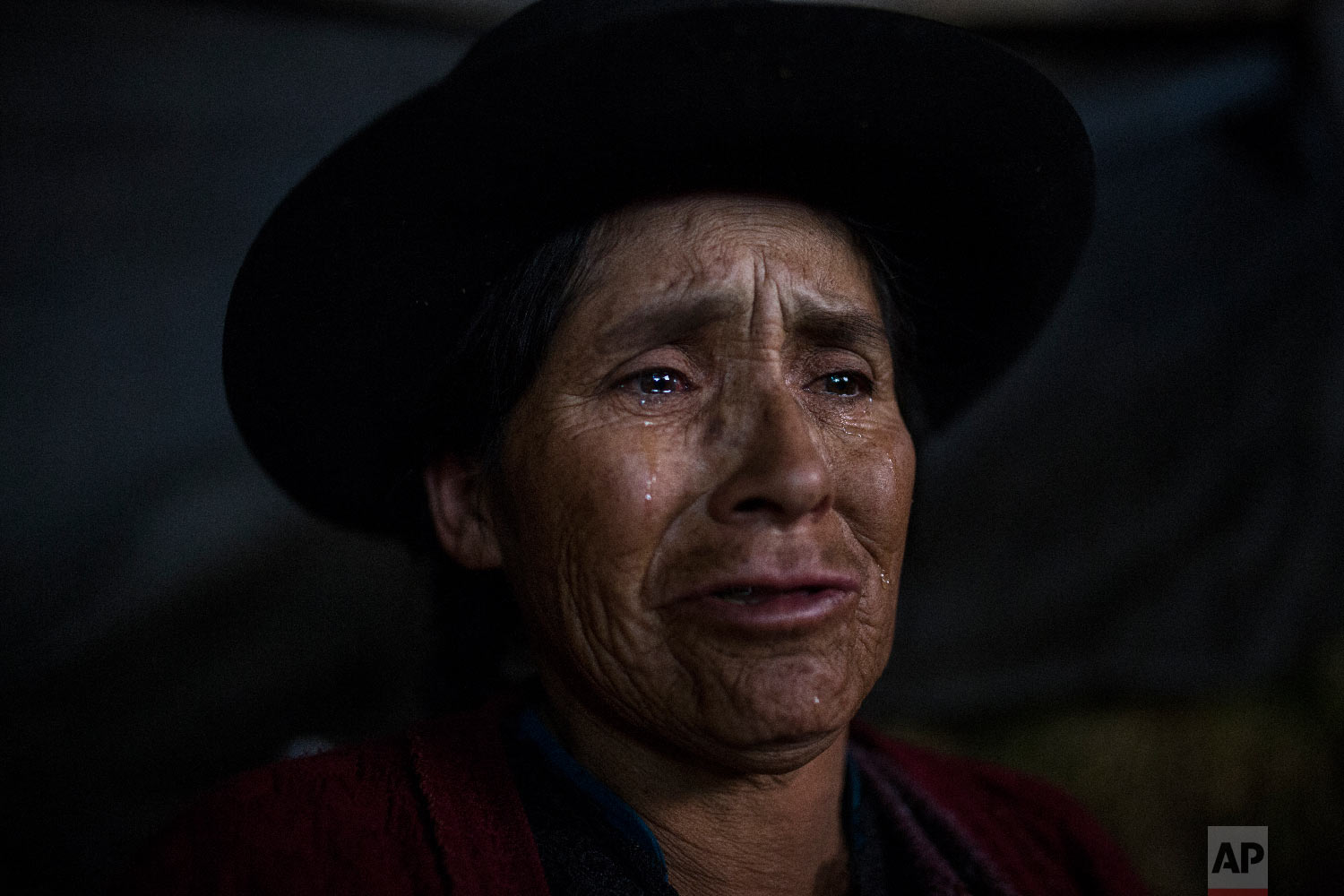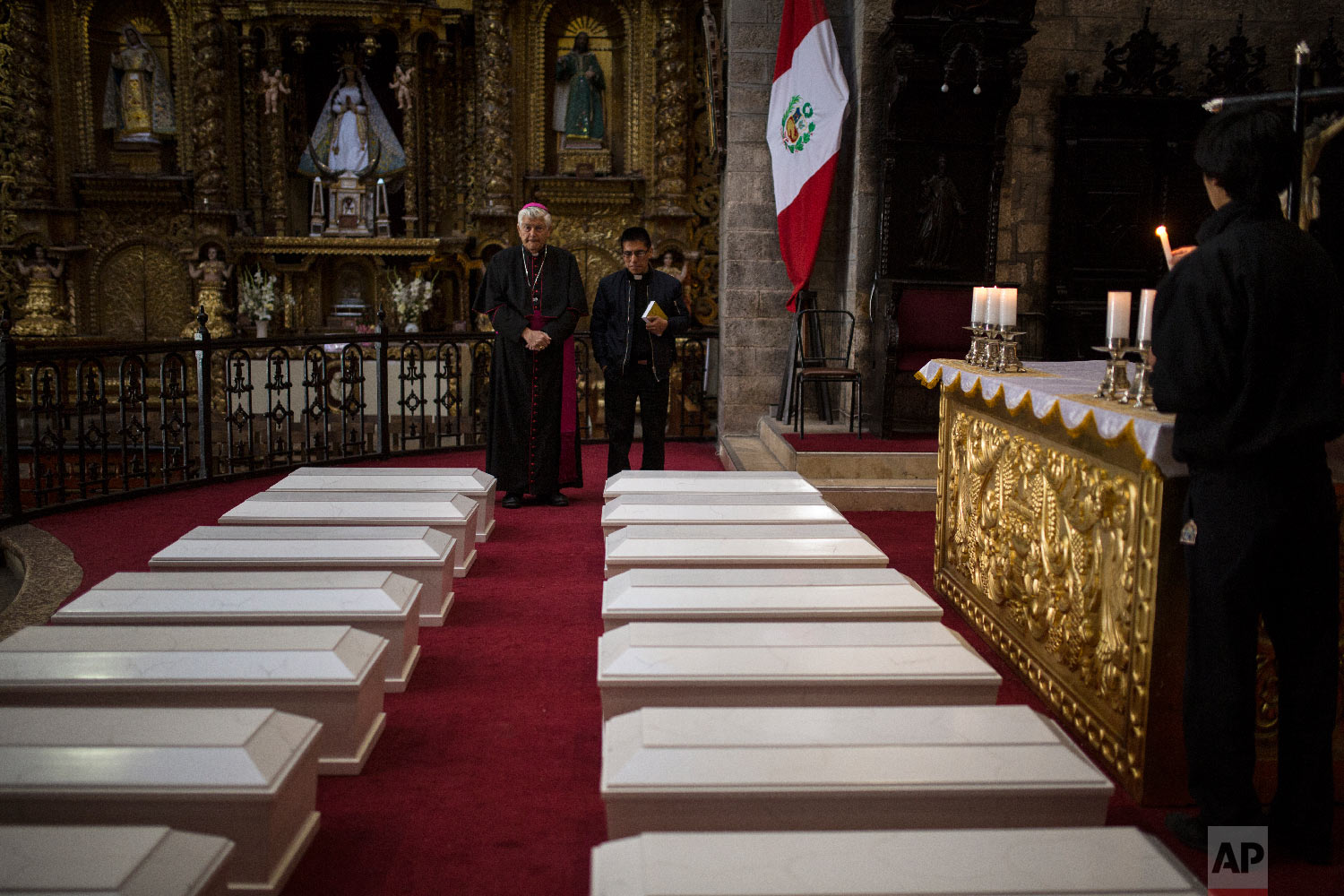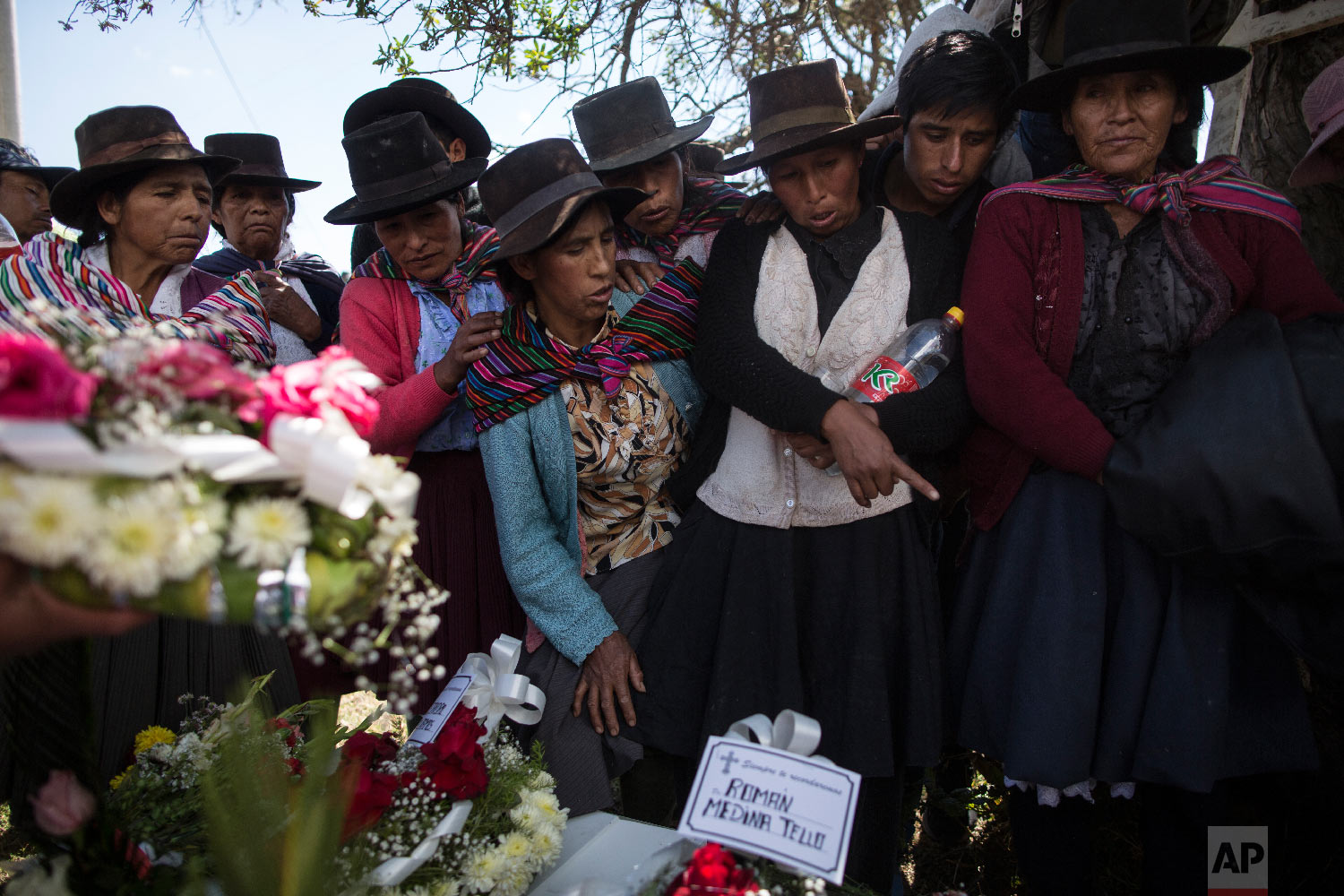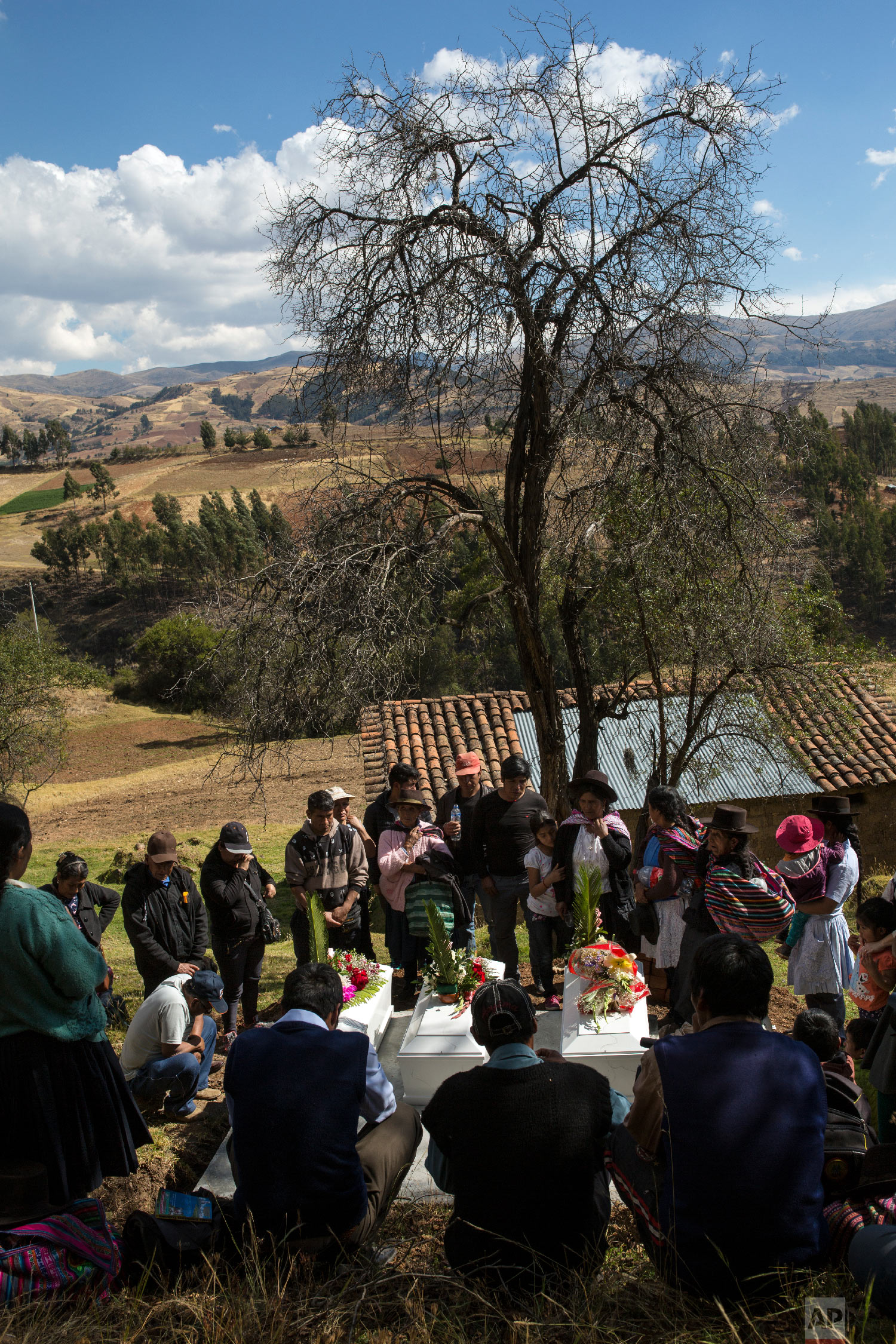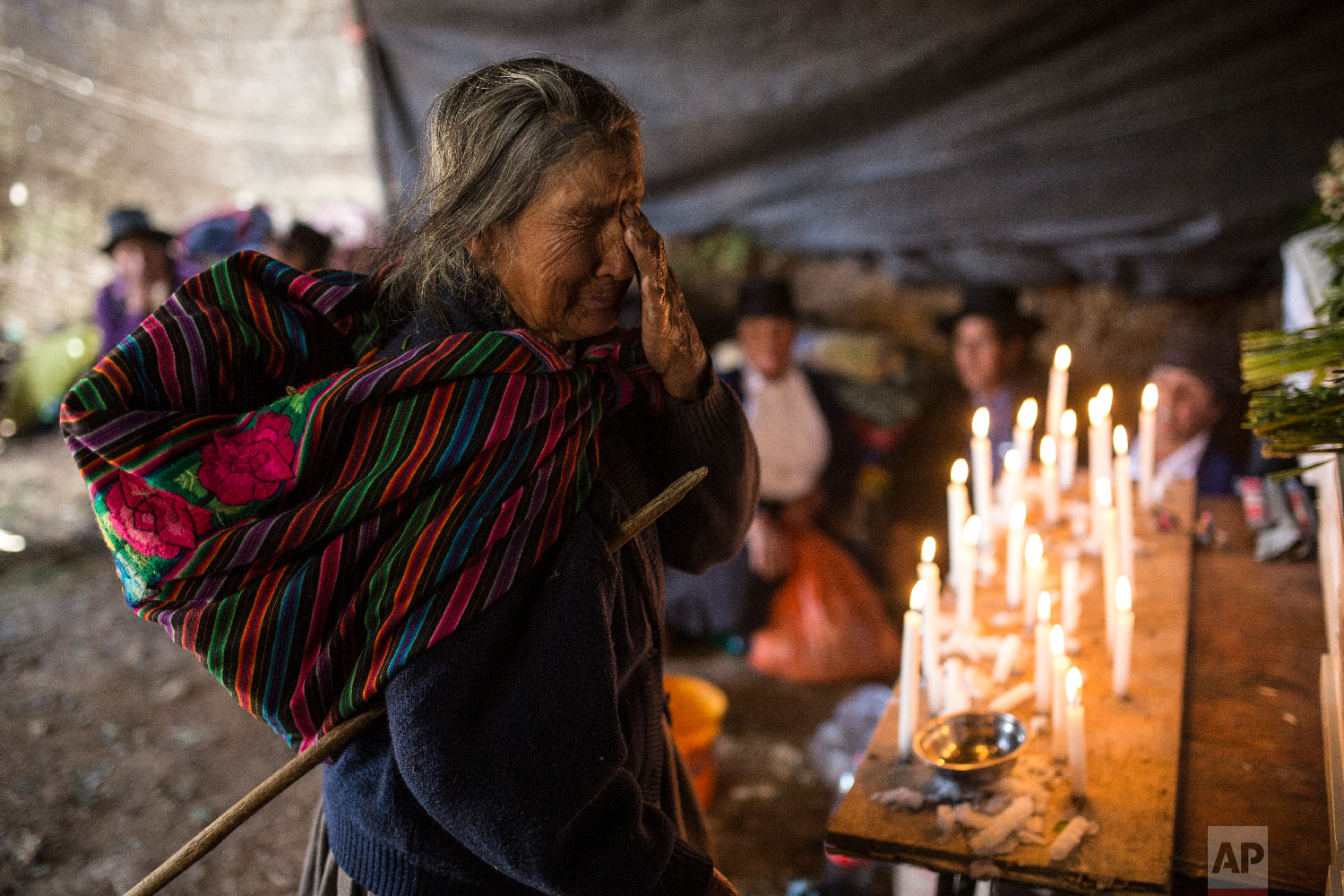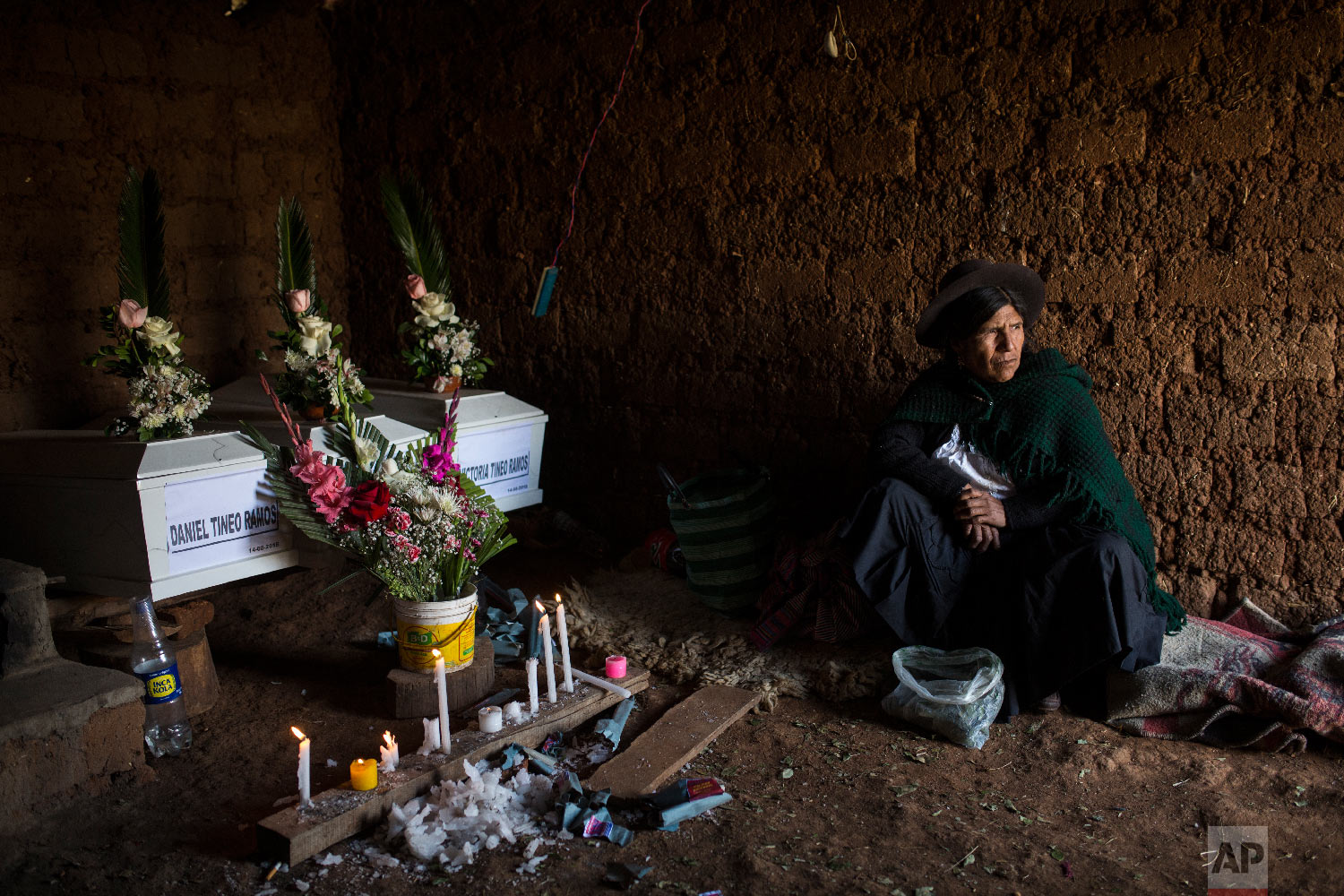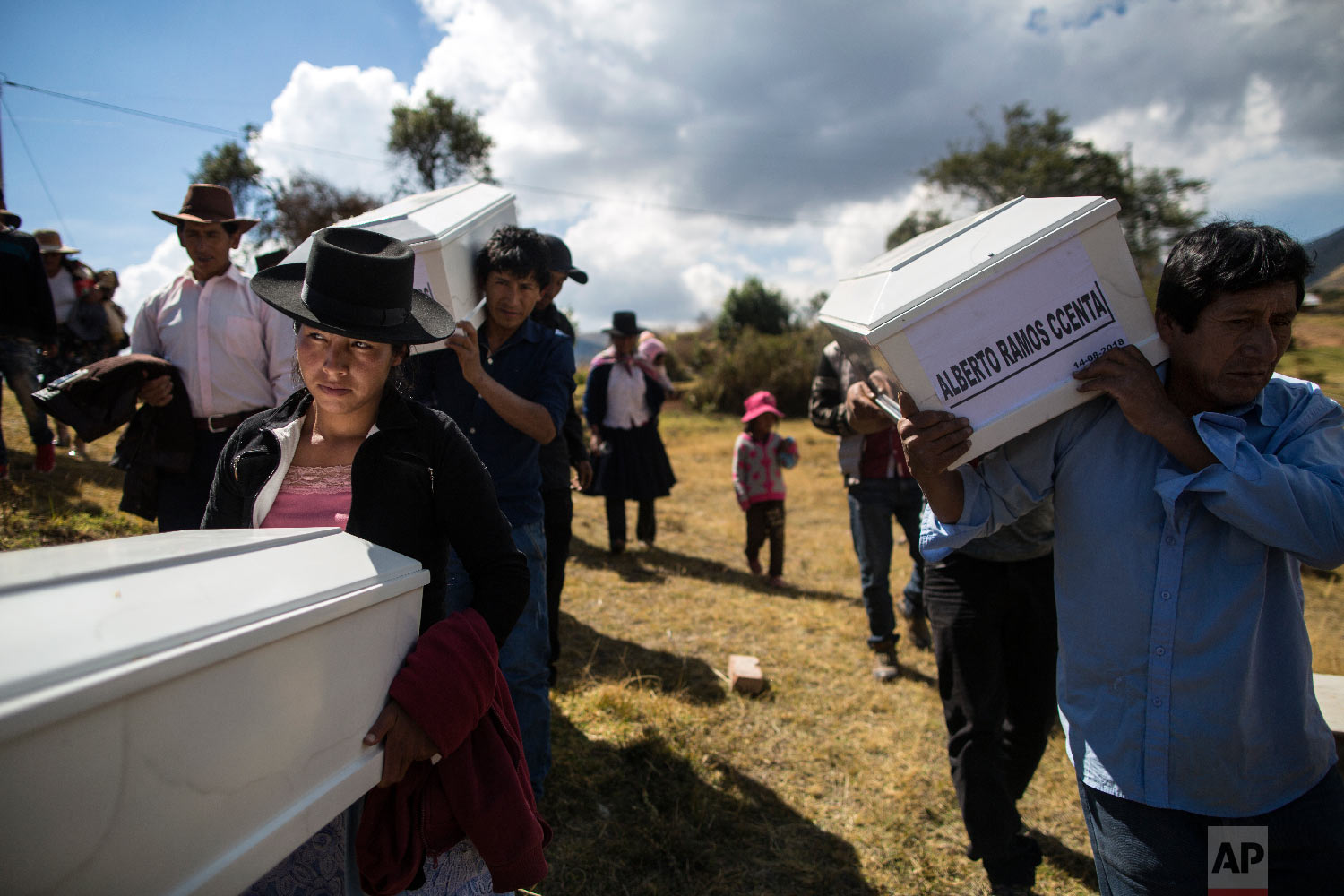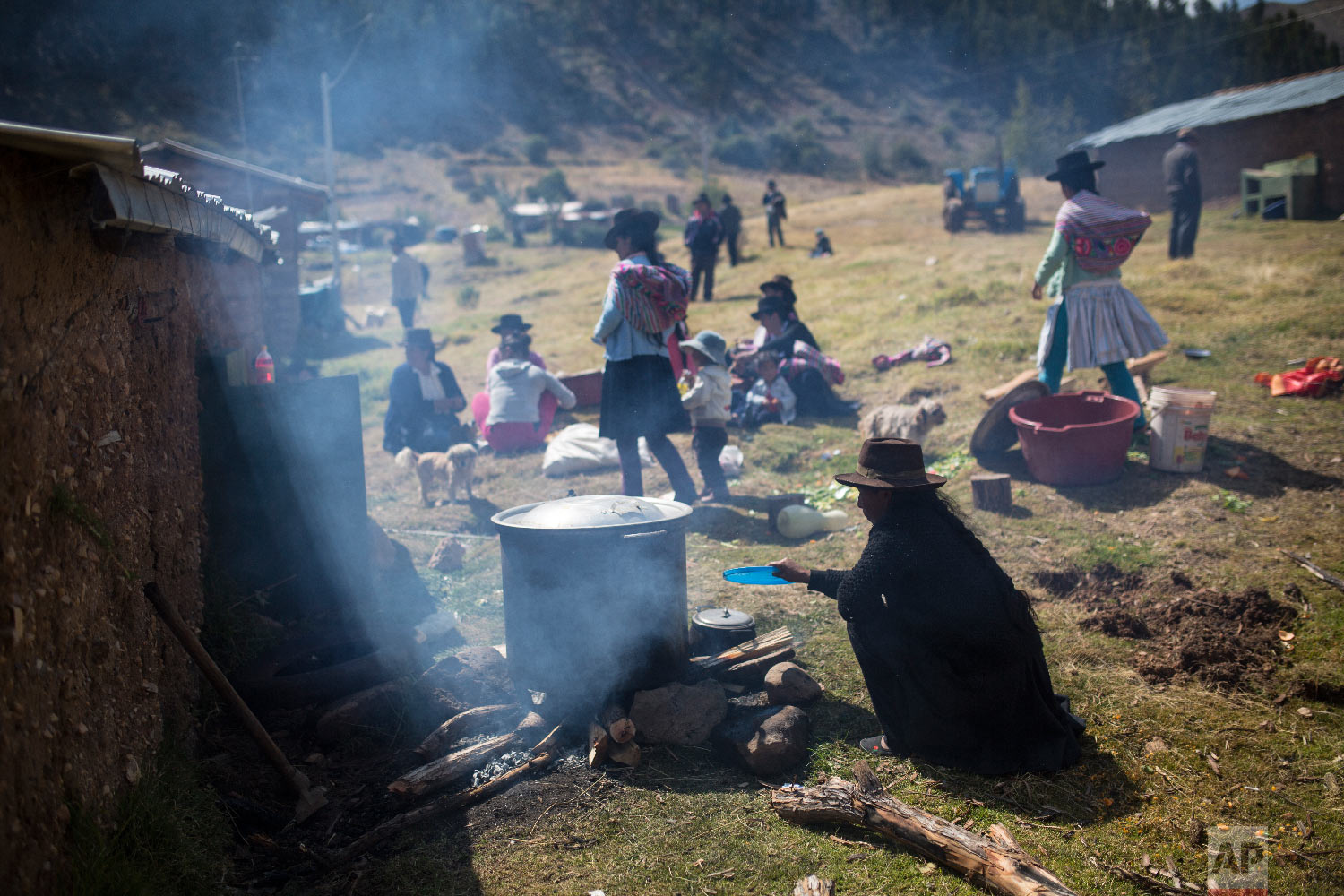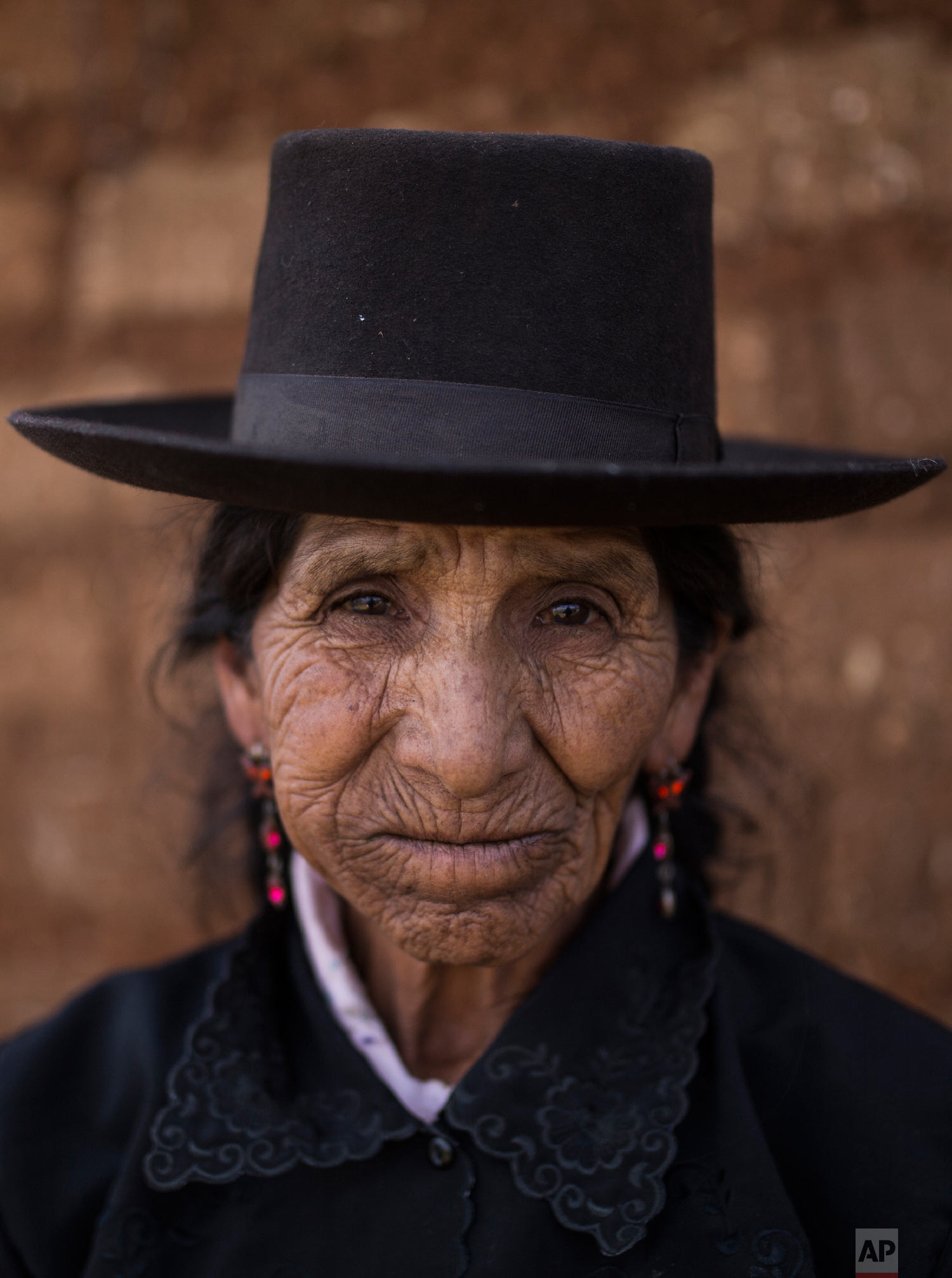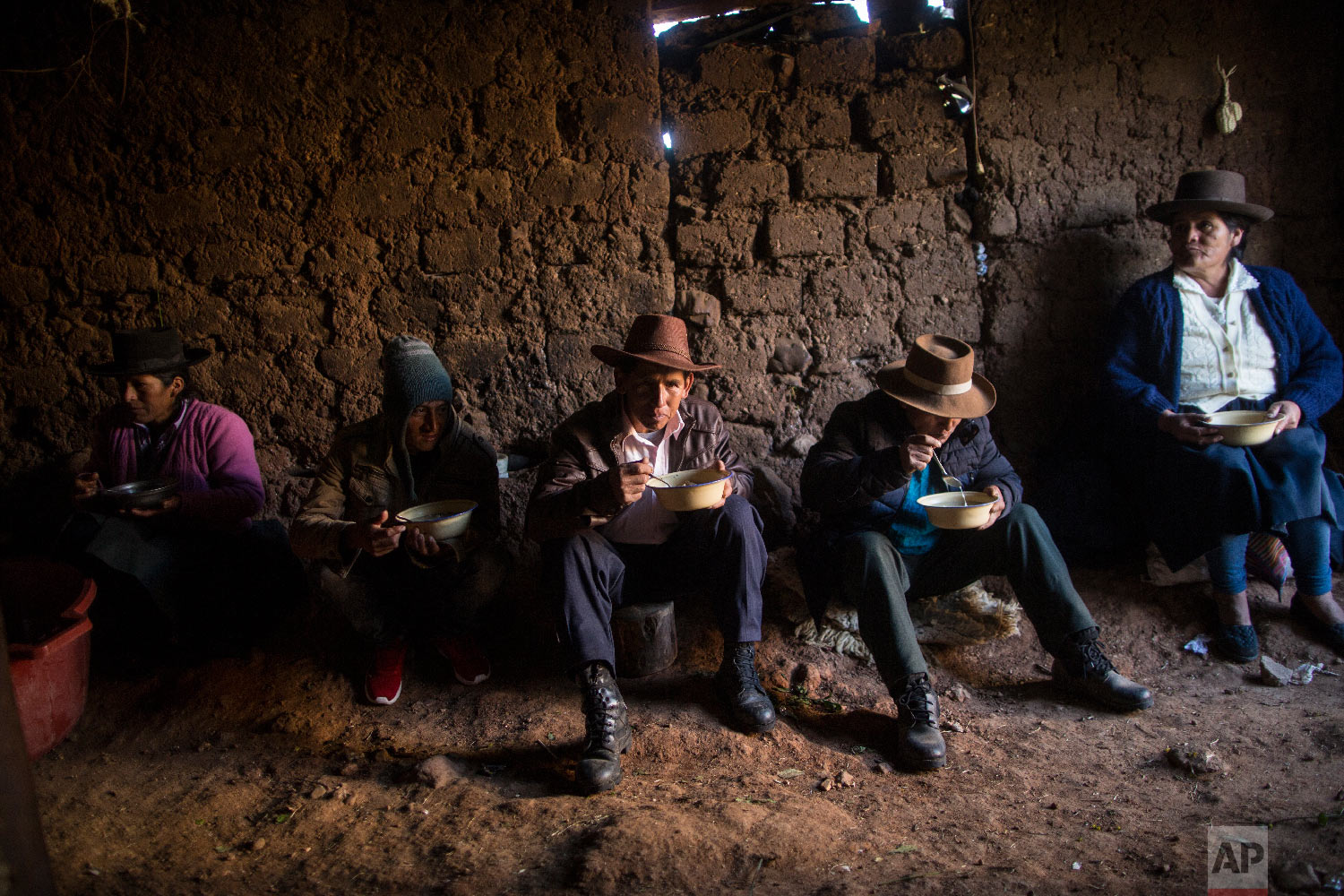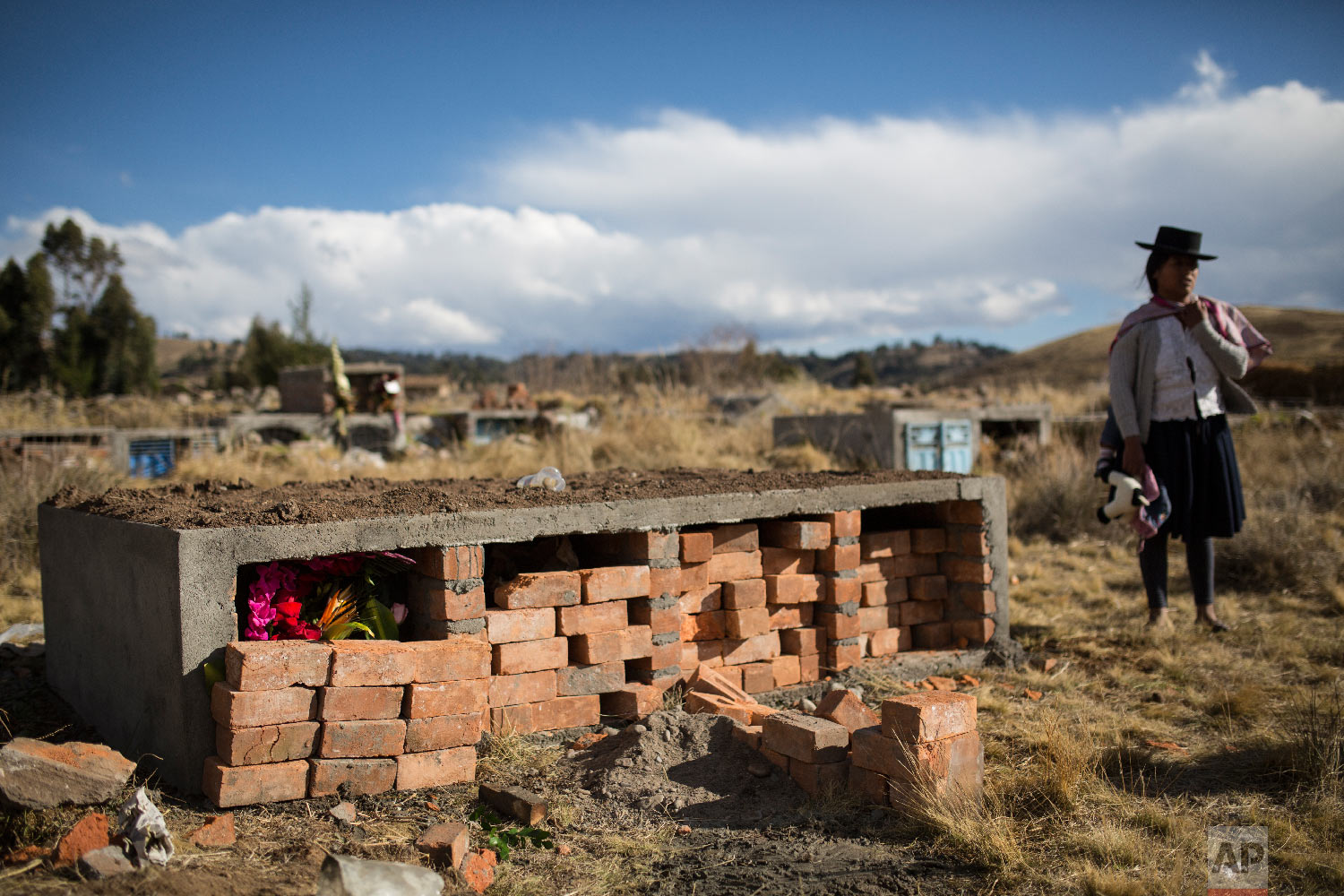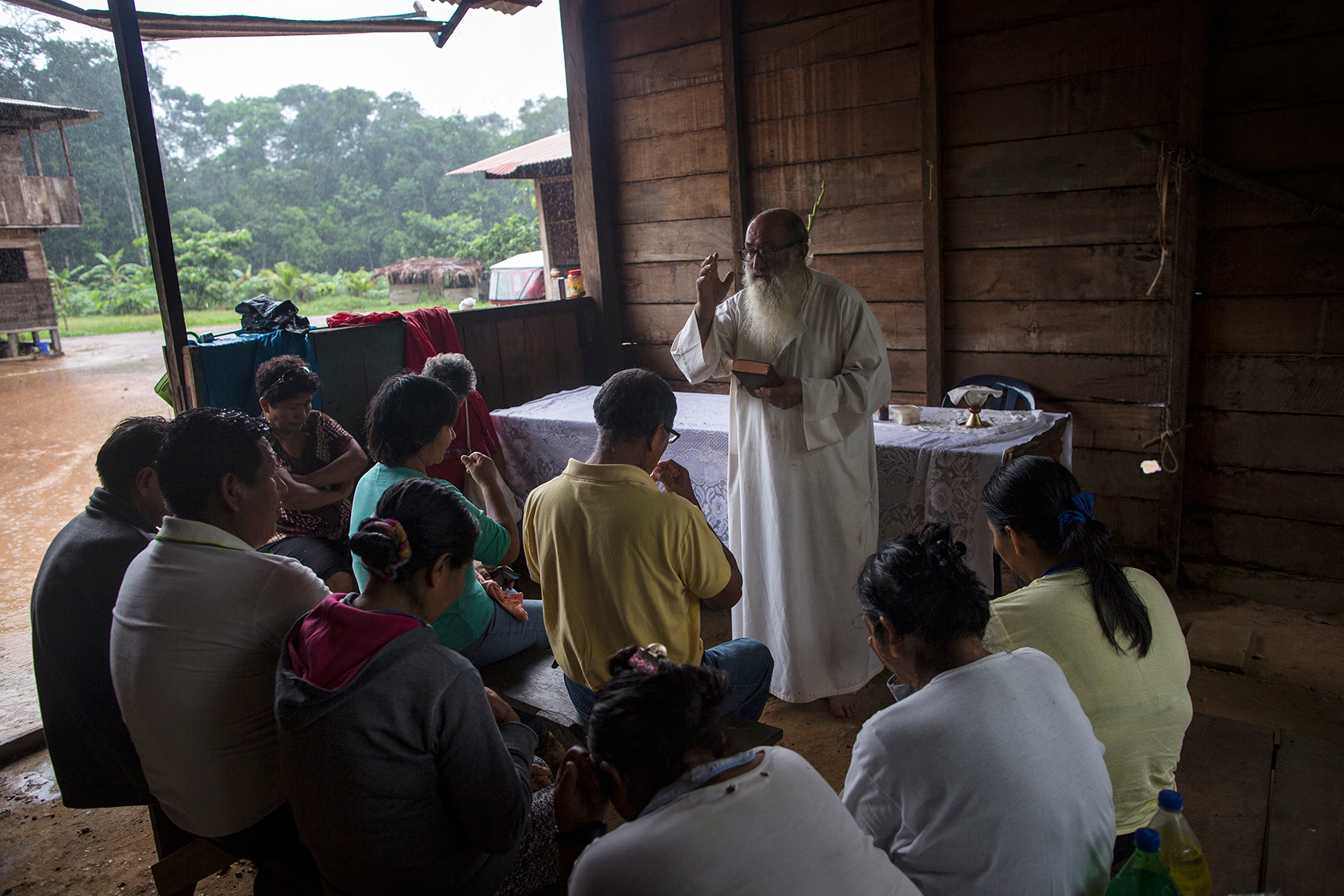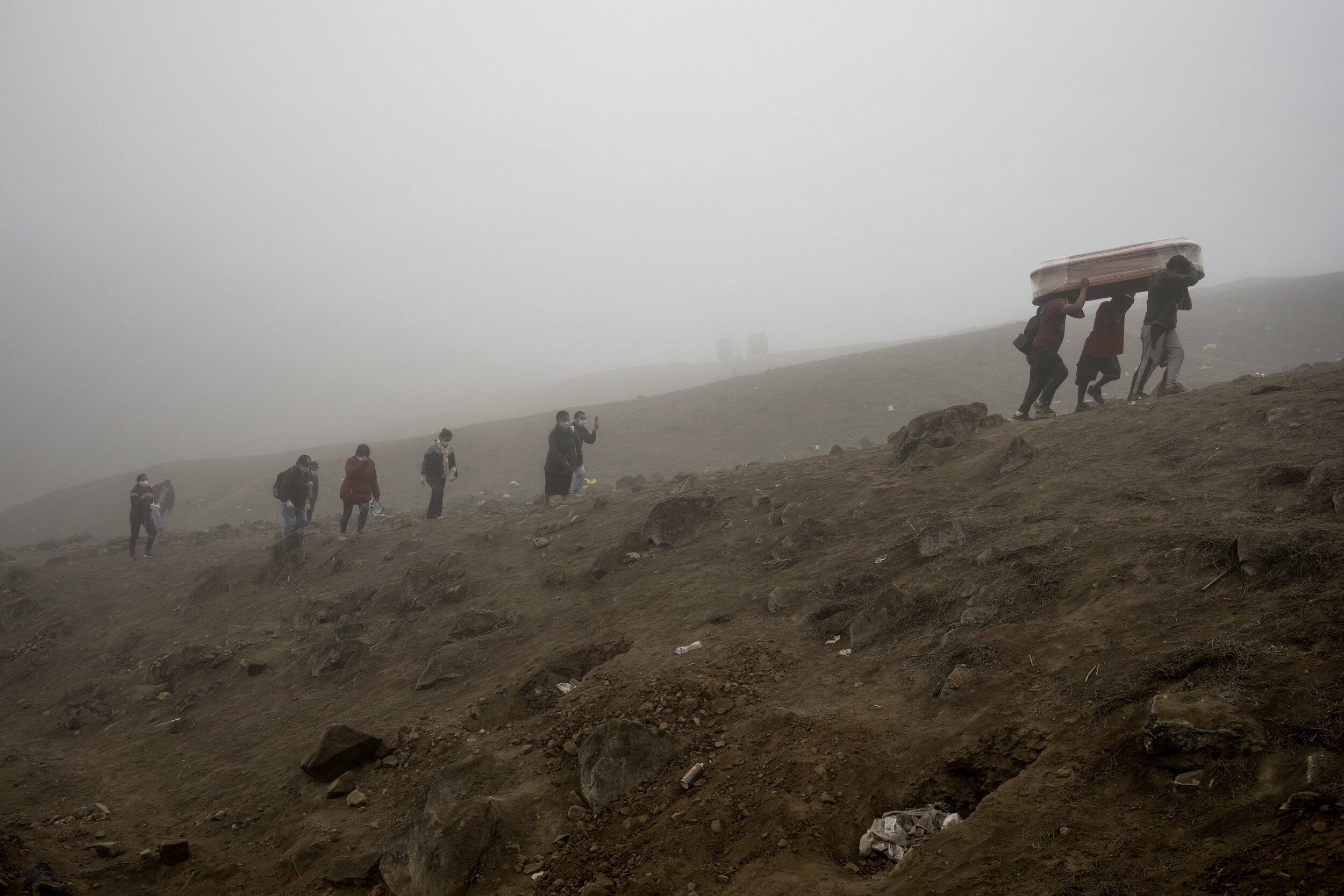Families of Peru’s disappeared hope for answers

Thousands of Peruvian families who have spent decades wondering about loved ones who disappeared during years of bloody conflict between the state and Maoist guerrillas have new hopes for getting the closure they have been searching for.
The skeletal remains of 14 people were recently turned over to loved ones under an innovative new law that authorities hope will speed up what has long been a lengthy and burdensome process to identify those killed in the conflict.
Under the new decree, authorities can turn over remains uncovered by forensic scientists before determining a cause of death or completing an investigation. Families are also no longer required to file a complaint with the chief prosecutor’s office first.
More than 20,300 Peruvians are still considered disappeared in the struggle between Peru’s military and Shining Path rebels during the 1980s and 1990s. Public prosecutors with heavy caseloads and few resources have been unable to identify suspects or help families find their disappeared relative’s remains in the vast majority of cases.
Forensic scientists in several countries throughout Latin America are still working to identify the remains of people killed during military dictatorships and civil conflicts decades ago. In countries like Peru, those remains are being found in remote, difficult to access areas.
Still, workers have made steady progress: Over the last 16 years, the remains of 3,823 people have been exhumed in the Andean nation.
Susana Cori, who is leading the International Red Cross’ work in locating the disappeared in Peru, Bolivia and Ecuador, called the nation’s approach unique, noting that in other parts of the region, “this model with a humanitarian focus has not been used.”
Text from AP News story, Families of Peru’s disappeared hope for answers, by Franklin Briceno and Rodrigo Abd.
Photos by Rodrigo Abd

